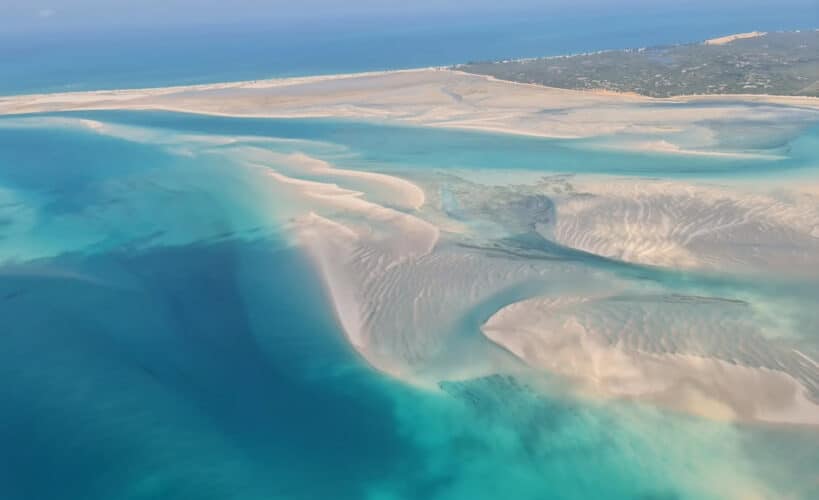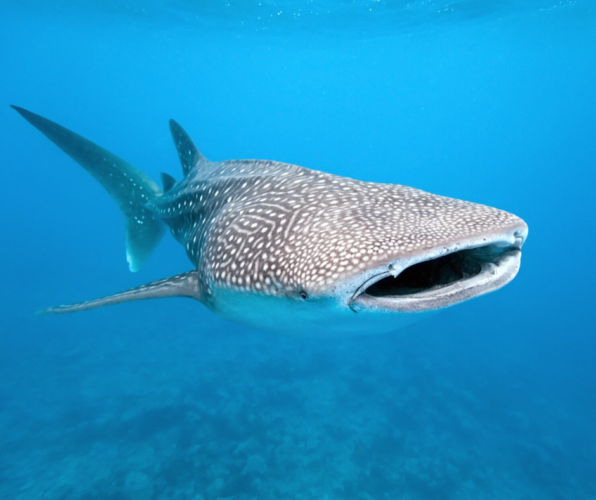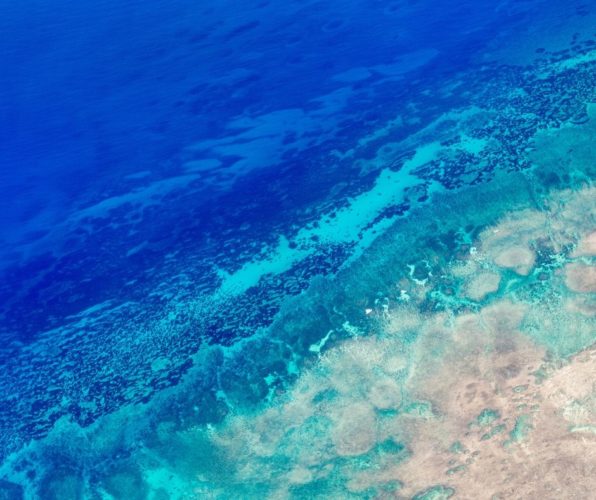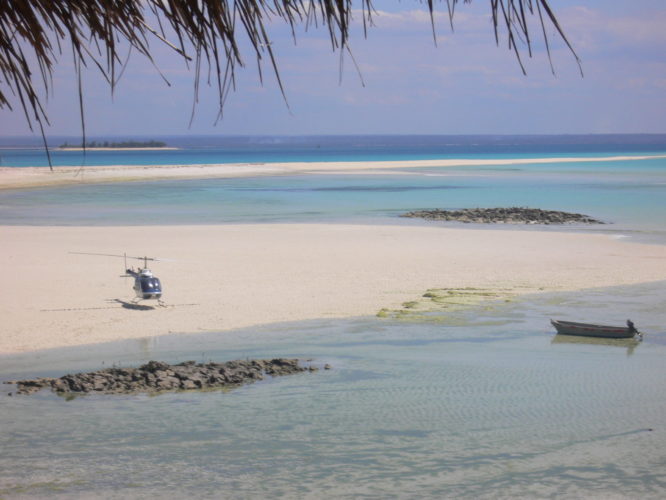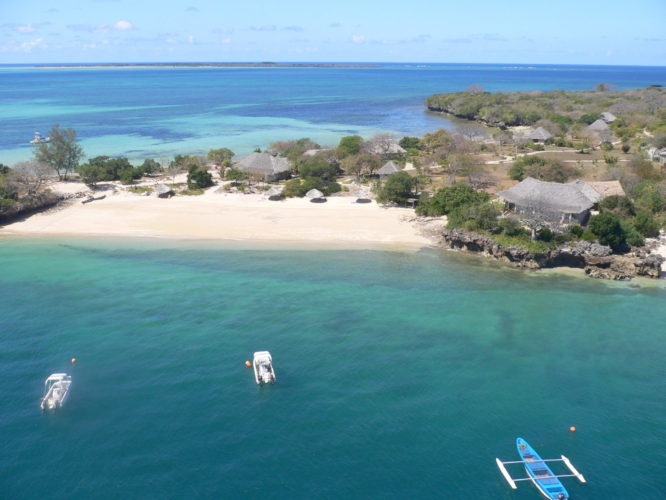Explore Mozambique’s best dive sites and marine encounters, from swimming with whale sharks and manta rays in Tofo, to snorkelling with humpback whales and relaxing on pristine beaches. Discover why diving in Mozambique is one of Africa’s most unforgettable experiences.
A hidden gem for scuba divers in Africa
Tucked along the southeast coast of Africa and facing the vast Indian Ocean, Mozambique is one of the continent’s most underrated diving destinations. With over 2,400 kilometres of coastline, the country boasts a spectacular range of marine ecosystems from vibrant coral reefs and seagrass meadows to deep-water pinnacles teeming with life.
Unlike the crowded dive spots found elsewhere in the Indian Ocean, Mozambique remains relatively untouched, offering an exclusive and authentic diving experience. Visibility often exceeds 30 metres, and the warm tropical waters (ranging between 24°C and 30°C year-round) make it an inviting destination for divers of all levels.
This is a country where you can experience big pelagic encounters, colourful reefs, and a strong sense of adventure, all without the hustle of over-tourism.
Whale sharks and manta rays in Tofo
The small coastal village of Tofo, near Inhambane in southern Mozambique, has become world-famous among scuba enthusiasts. Its unique position along the Mozambique Channel creates nutrient-rich upwellings that attract an impressive variety of marine megafauna.
The main stars here are the whale sharks and manta rays. Whale sharks, the largest fish in the ocean, can be seen year-round, feeding peacefully on plankton just off the shore. Tofo’s reefs, particularly Manta Reef and Giants Castle are also home to both reef mantas and giant oceanic mantas, which glide elegantly through cleaning stations surrounded by schools of reef fish.
Beyond the megafauna, divers can explore coral-encrusted ledges and swim-throughs, spotting moray eels, turtles, ribbon-tail rays, and schools of fusiliers and snapper. Night dives often reveal Spanish dancers, crustaceans, and other nocturnal reef dwellers, adding another dimension to the underwater experience.
Whether you’re diving or snorkelling, Tofo offers one of the best chances in the world to encounter these magnificent creatures up close sustainably and ethically.
What makes diving here truly special isn’t just the marine life, but the adventure of getting there.
Diving in Tofo begins right on the beach. Instead of a marina, divers launch from the shore aboard inflatable RIBs (rigid inflatable boats), which are designed to handle the surf and reach deep offshore sites quickly. The launch itself is exhilarating! The crew times the waves perfectly, and with a burst of engine power you’re out past the breakers and into the open ocean within minutes. It’s a true adventure from start to finish.
Once offshore, dives take place at sites along the Mozambique Channel, typically 5 to 15 kilometres from shore. This proximity to deep ocean currents means that even short boat rides lead to world-class diving. Many of Tofo’s most famous dive sites including Manta Reef, Amazon Reef, and Giants Castle, are located along steep drop-offs where nutrient-rich upwellings support a remarkable abundance of life.
Deep dive sites and decompression profiles
Tofo’s dives often go deeper than typical recreational reefs, making it a haven for experienced divers and those seeking a bit of a challenge. Average depths range from 18 to 35 metres, with some sites reaching 40 metres or more. Because of these depths, dives are usually multi-level profiles, planned carefully to manage bottom time and ascent rates.
Most operators in Tofo are experienced in managing decompression schedules, often using computers and safety stops at 5 metres for 3–5 minutes. Nitrox is widely available, allowing longer bottom times and safer profiles when diving deeper reefs like The Office or Salon both known for manta ray cleaning stations and passing pelagics.
For beginners or less experienced divers, shallower sites like Sherwood Forest and Office Extensions still offer plenty to see from honeycomb moray eels and turtles to schools of bannerfish and snappers without the need for deep or decompression diving.
Surface intervals between dives are spent cruising the open ocean, scanning the horizon for whale sharks, dolphins, or humpback whales (in season). It’s not uncommon for operators to stop for an impromptu snorkel when whale sharks are spotted one of the joys of Tofo’s flexible, ocean-based diving style.
The mix of adventure-style boat launches, deep reef dives, and big-animal encounters gives Tofo a raw, exploratory feel that few destinations can match. It’s diving as it should be,exciting, natural, and deeply connected to the rhythm of the ocean.
Swim with humpback whales
From August to October, humpback whales migrate along Mozambique’s coast with their young calves. Tofo and Ponta do Ouro are two of the best locations to witness this breathtaking natural event. Snorkelling alongside these magnificent creatures is a once-in-a-lifetime experience.
Island Archipelago diving in Mozambique
Off Mozambique’s coast lie some of the most spectacular island archipelagos in the Indian Ocean, offering a completely different style of diving to Tofo’s deep channels. These islands combine pristine coral reefs, calm turquoise lagoons, and luxury island lodges — making them ideal for divers seeking both adventure and indulgence.
The Bazaruto Archipelago: coral reefs and dugongs
Located off the coast of Vilanculos in southern Mozambique, the Bazaruto Archipelago consists of five main islands: Bazaruto, Benguerra, Magaruque, Santa Carolina (Paradise Island), and Bangue. This protected marine park is home to an astonishing range of underwater life, including turtles, reef sharks, moray eels, groupers, and Napoleon wrasse.
The diving here is more relaxed than in Tofo, with excellent visibility (often 20–40 metres) and gentle conditionsperfect for all experience levels. The coral gardens are healthy and colourful, with hard and soft corals forming complex habitats for nudibranchs, anemonefish, and crustaceans.
A highlight for many divers is the chance to see one of Africa’s last remaining populations of dugongs, the elusive “sea cows” that feed on the archipelago’s extensive seagrass beds. Though sightings are rare, the possibility of encountering one adds a touch of mystery and excitement to each dive.
Dive sites such as Two Mile Reef, Cabo Sao Sebastião, and Canyon Wall offer stunning underwater topography — from gentle slopes to vertical walls draped in coral. The Bazaruto region is also a paradise for snorkelling and freediving, with calm, shallow waters around the inner reefs teeming with tropical fish.
The Quirimbas Archipelago: remote and untouched beauty
Further north lies the Quirimbas Archipelago, stretching from Pemba up to the Tanzanian border. This region is far more remote and less developed than Bazaruto, giving it an untouched, exploratory atmosphere. The Quirimbas National Park protects over 11,000 square kilometres of coastal waters, mangroves, and coral reefs, making it a true frontier for divers seeking isolation and discovery.
Diving here is diverse from shallow coral gardens to deep drop-offs and pinnacles patrolled by barracuda, trevally, and reef sharks. Large schools of snapper and batfish swirl over reefs rich with life, while macro photographers will love the abundance of nudibranchs, leaf scorpionfish, and pipefish.
The islands themselves such as Ibo, Matemo, Medjumbe, and Vamizi, offer a mix of rustic charm and high-end luxury. Many lodges operate their own dive centres, often catering to small groups or private charters, creating an intimate, exclusive diving experience.
The Vamizi Island area is particularly renowned for its vertical walls, including the famous Neptune’s Arm, often rated among the top dive sites in the Indian Ocean for its sheer diversity and dramatic coral formations.
What to expect when diving the Islands
Diving the island archipelagos of Mozambique feels very different from Tofo. The focus here is on colour, calmness, and pristine coral ecosystems, rather than deep ocean megafauna. Most dives range from 10 to 25 metres, and conditions are generally suitable for beginners and intermediate divers.
Water temperatures remain warm year-round, typically between 26°C and 30°C, and visibility is consistently excellent thanks to the sheltered nature of the reefs. Between dives, guests often relax on powdery white-sand beaches, kayak through mangrove channels, or enjoy sunset dhow cruises, the perfect blend of ocean exploration and island tranquillity.
Choosing your dive destination in Mozambique
Each of Mozambique’s dive regions offers something unique.
Tofo is perfect for adventurous divers chasing big pelagic encounters like whale sharks, manta rays, and humpback whales.
Bazaruto Archipelago appeals to those seeking colourful coral reefs, calm waters, and luxury island escapes.
Quirimbas Archipelago is ideal for explorers craving remote, untouched diving and vibrant biodiversity.
Together, they showcase the full spectrum of Mozambique’s underwater magic, from wild ocean encounters to serene island serenity.
Adventure beyond the ocean
Beyond diving, Mozambique is also a playground for surfing and kite-surfing, thanks to its long sandy beaches and steady coastal winds. For those seeking a complete safari and sea combination, a trip to Kruger National Park in neighbouring South Africa offers the chance to spot the Big Five before or after your ocean adventure.
Why Mozambique belongs on every diver’s bucket list
With warm water temperatures, thriving coral reefs, and a warm, welcoming culture, Mozambique is an idyllic destination for divers and travellers alike. Whether you’re an experienced diver or a curious beginner, this country promises incredible underwater encounters and memorable moments on land.
